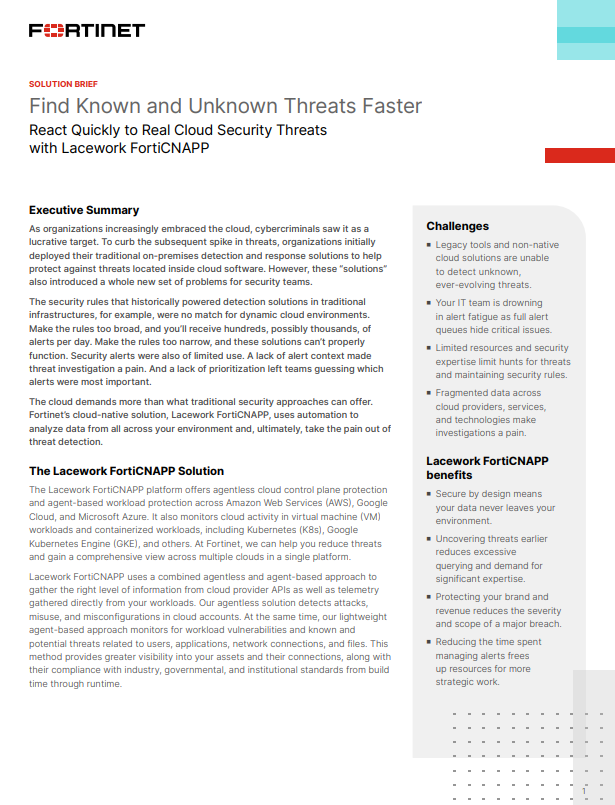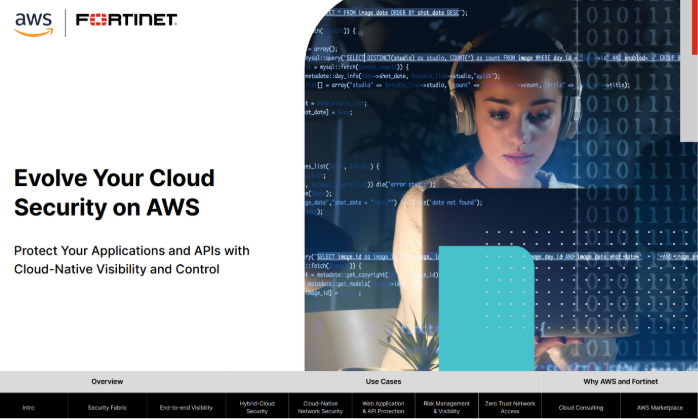Localisation is not the problem facing SAP - boosting take-up is
Despite press reports to the contrary, SAP has no issue with localisation but getting customers is another issue

Last week I was in Madrid for SAPPHIRENow and SAP TechEd. While there was very little cloud-specific news, I was surprised to see reports implying that SAP Business ByDesign is in some sort of trouble over localisations.
From Business Cloud 9:
"...the roll out is being held back by legal matters."
It then goes on to quote Jim Snabe, co-CEO SAP from the press conference saying:
"We're limited to eight to 10 countries for Business ByDesign at the moment, which is of course reducing its market opportunity. We need to do localisation on the product in other countries. Localisation is not just about languages, it's about making sure you apply to all the legal requirements of each country. Sometimes that's easy, other times it is complicated."
...and then embellishes that with a quote from Angela Eager at Techmarketview:
"If resource-rich SAP has challenges delivering widespread localised versions, the cost and effort may be beyond smaller specialist cloud pure-plays. SaaS works for many applications but maybe not for all – while there is little question about the suitability of the technology, it is the economic model that is proving testing and will determine what is offered and where."
Get the ITPro daily newsletter
Sign up today and you will receive a free copy of our Future Focus 2025 report - the leading guidance on AI, cybersecurity and other IT challenges as per 700+ senior executives
What everyone is missing here is that SAP has been consistent in its messaging around localisations since 2008 but has switched its market focus. This is what is really going on:
- SAP has realised that its solution is too 'big' for the very small market, despite having offered a variety of on ramping packages for businesses that can implement 10 users of (say) CRM. It is therefore switching emphasis to the subsidiaries of its large installed base of G2000 businesses.
- Small partners will continue to mine local markets where they have relationships that can be leveraged for BYD sales. This is especially true in its home territories. Large SIs will pick off customers where they can operate a Tier-2 strategy that complements deployments inside their existing customer bases.
- SAP doesn't have a resource constraint problem. It will continue to roll out country-specific versions where it makes economic sense to do so. In other words, where the demand is sufficiently large for SAP to turn a profit on those implementations.
This last point is a common tactic in enterprise software. Why? You're not going to develop a solution for a territory where there may only be a handful of potential customers. This is especially true for accounting and HR applications where 'legs and regs' have the greatest impact. Instead, SAP is relying on partners to develop certain country specific requirements in markets where those partners are strong and where they can add value along the way. It is a sensible way to spread the load and early indications suggest this will be a successful strategy.
The one concern that remains but which may yet prove baseless is about SAP's ability to close out 1,000 customers by year's end. This was a topic I discussed with Rainer Zinnow, who has headed up SAP product marketing for BYD the last few years.
Right now there is some debate within SAP whether 1,000 is attainable in 2011. The company did very well up to July and appeared poised to blow through the 1,000 customer count when it got hit by the European summer holiday period. Most of Europe, and in particular its strong market in Germany, went dead for two months. While that was anticipated to some extent, SAP's lack of experience in this market segment caught them out. In essence, they had to revitalise the sales pipeline in September from a standing start and are now closing direct and indirect deals.
As a proof point. I spoke with a number of BYD customers who were more than happy to go on the record as satisfied with what the solution delivers. We should also remember that BYD forms the technology backbone for its line of business applications like Sales OnDemand and Career OnDemand, the former in general availability, the latter planned for Q2 2012 at what will be very attractive pricing. (Note: I cannot say more on this topic as my information was acquired in confidence.) The company also seems to be making steady progress with the BYD SDK. The one area where they need to pay attention is in partner ramp-up.
Partners have complained that SAP training is demanding, takes a significant amount of effort and involves potentially onerous terms. This from a conversation between my JD-OD colleague Jon Reed and Ray Tetlow, an SAP BYD partner:
"From the moment you sign a contract as a ByD partner, it puts the partner very liable for some annuity-based scenarios. Partner enablement is very slow. If you want to train a consultant up, it's a three to four month process. This we haven't seen in other SaaS solutions. Usually it's a matter of weeks. That is very concerning because that doesn't lend itself to scaling very quickly. If we landed 20 deals, we would have a big problem on our hands in terms of ramping up the people for the deals. So we have to scale our sales down and focus on the high-value customers."
As always with SAP, it is a case of them doing things their way, finding out what works (but more often what doesn't work) and then refining the model. But there is more.
It is easy to view current events as indicative that SAP is backing off or unsure about its position on cloud topics. The fact is SAP is not ready to talk to issues the market would like to hear. In part this is because SAP has other big topics like HANA and mobile that are taking priority.
Both of these have a cloud angle but it is the broader applications strategy in which people should be interested. The fact it has extended maintenance on its flagship on premise Business Suite to 2020 should provide the clearest signal that it is mulling the potential for re-engineering that solution for the cloud.
But then SAP doesn't want to get caught out in the way it did with BYD and it certainly doesn't want to follow in Oracle Fusion's footsteps where delivery promises were routinely broken or unrealistic.
2020 is a long way away in applications development and SAP may yet surprise. It has the resources, it is working towards new business models in other parts of its business. I believe we will hear much more on this general topic in December when some of us will be in Boston to get a series of deep dive discussions on SAP and its cloud strategy. It won't be the first time and I doubt it will be the last but the time is right for the company to start clarifying its position. That's what really matters.
After spending more than 20 years at the IT coal face across a variety of industries, often in finance-related roles, Dennis Howlett is using that accumulated experience to hold vendors to account for what they deliver to customers. He believes the cloud computing model provides the potential to offer transformational business benefits that have yet to be fully understood or articulated. In early 2011, Howlett celebrated 40 years in and around IT. It was a very small party.

